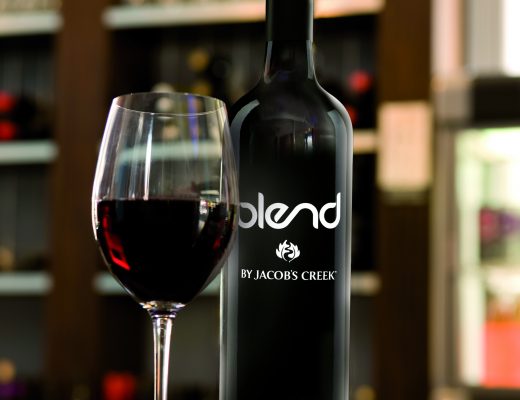Looking to buy a vineyard in New Zealand? How about Escarpment? It’s making some of New Zealand’s finest and most interesting Pinot Noirs from 20 year-old plus vineyards in Martinborough. Sounds like a good proposition.
It’s already been on the market for three years and winemaker Larry McKenna reports “zero interest.” If only I had the money… but then I write about wine for a living.
The winery is just releasing its latest offerings from the 2012 vintage. Back in late March 2012, just as the harvest was about to start, I met up with Larry and at the time he said it had “proven to be a challenging year so far,” adding “the whole country has been talking about how horrible the summer was and it has been.”
Hopes were not high back then. I repeat Larry’s words to him last week – some two years later. Now he says: “From the end of March on the season came right. April saved it and we ended up picking into May – it was the latest season we have ever had.” I tell him he’s starting to sound like the Bordelais, who love to churn out the “we were saved by an Indian summer” phrase in most years in a bid to sell some booze. But Larry isn’t a slippery Bordeaux eel, he’s a straight-shooting Aussie fella, and he’s produced a couple of exceptional wines in 2012 (see my tasting notes).
Escarpment produces Pinot Noir with a high proportion of whole bunches in the fermentation – Larry’s time at whole bunch-loving Domaine Dujac in Burgundy clearly had an impact. In good years, you can expect 50 to 60 percent whole bunch in Escarpment’s wines whereas in cooler years like 2012, when the fruit and stems aren’t so ripe, that ratio falls to around 25 percent. Otherwise, the wine could end up having too many green notes and taste bitter.
I’m a fan of whole bunch fermentation: I love the spice and drive it adds to Pinot. Plus, the berries aren’t crushed pre-fermentation so you get a lovely lifted perfume from a little bit of carbonic maceration. I wish more producers in New Zealand were upping their whole bunch percentages. It’s starting to happen but only slowly.
“In New Zealand, people are scared of it – they think it makes the wines green and tannic,” says Larry.
He adds that stems ripen thanks to a combination of factors including warmth, light, vine age and clone.
Interestingly (or not, if you have a social life) clone 10/5 is quite common in New Zealand – it was one of the first Pinot clones brought into the country – and it’s apparently not conducive to whole bunch fermentation compared with other more recently-imported clones. “It already has herbal notes so it has to be a very ripe year before you would consider using it.”
With more and more vineyards getting closer to the 20-year mark that are planted on “better” clones, as well as more mature winemakers that dare to push the boundaries, I hope to see more whole bunch practitioners join Larry in the crusade for complexity.


